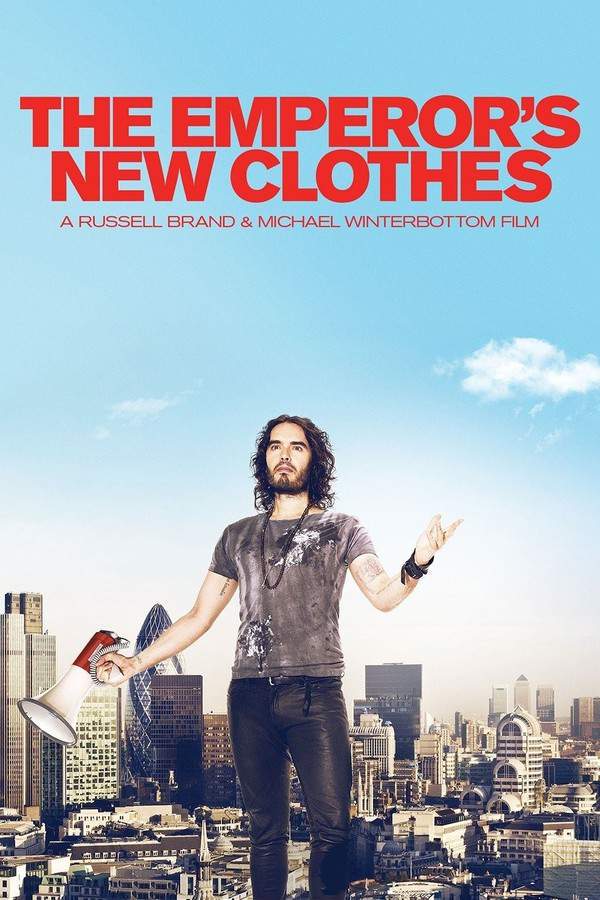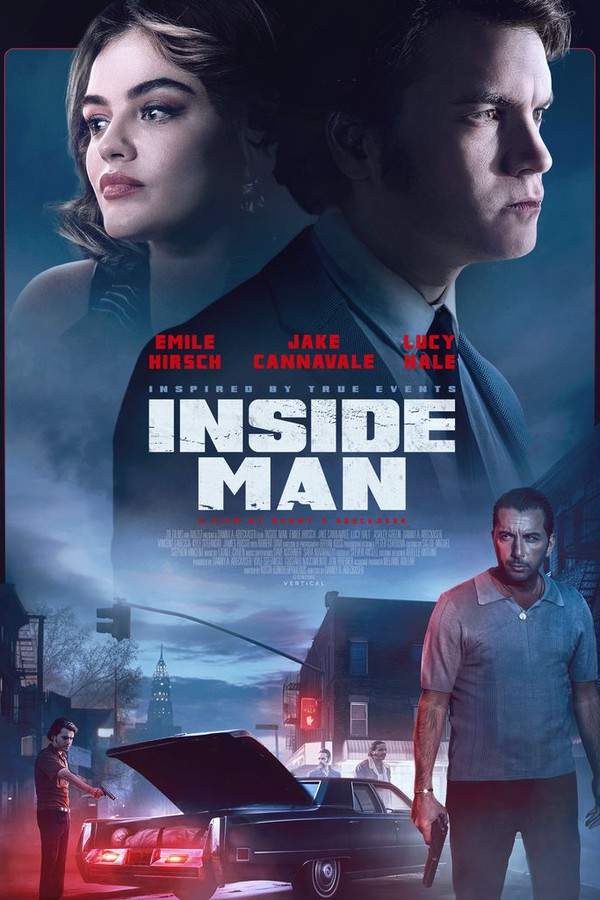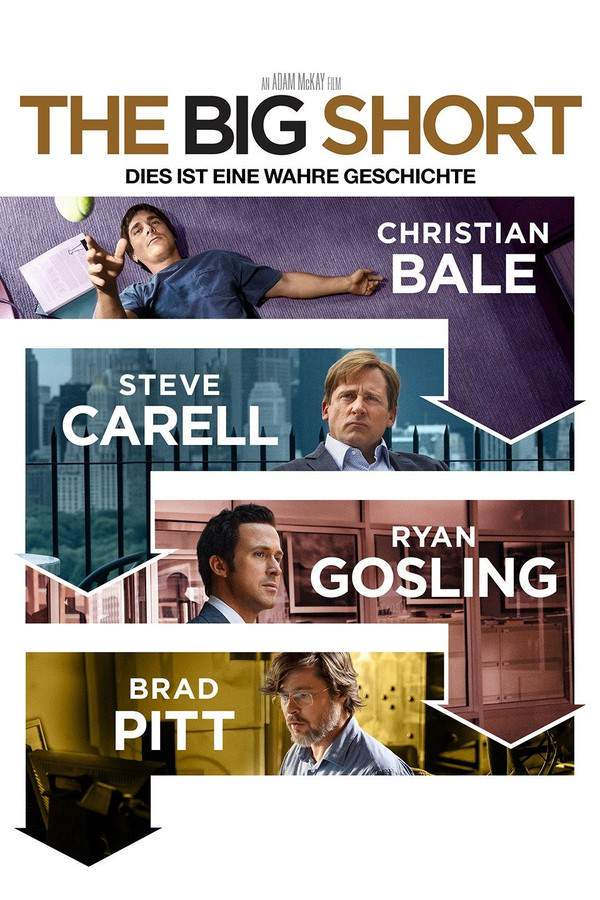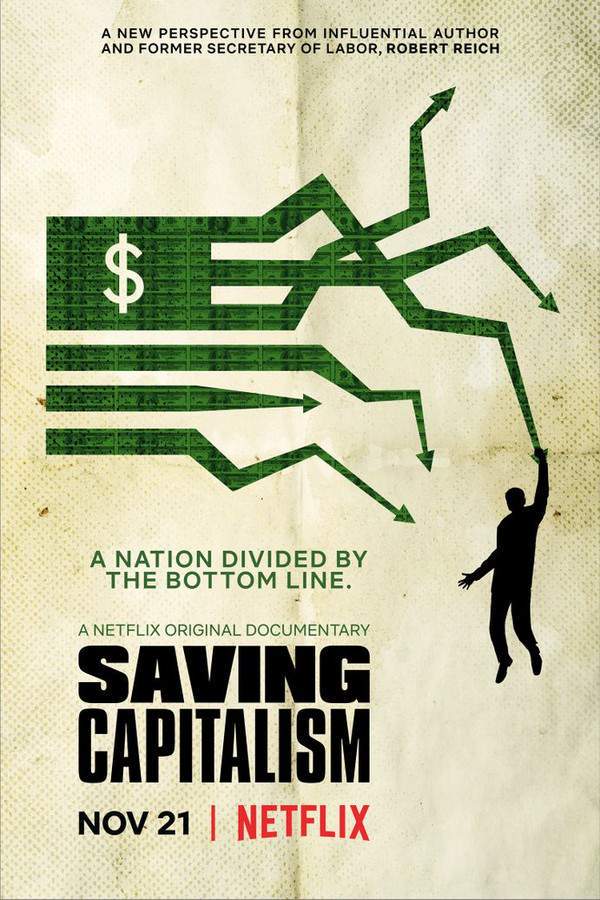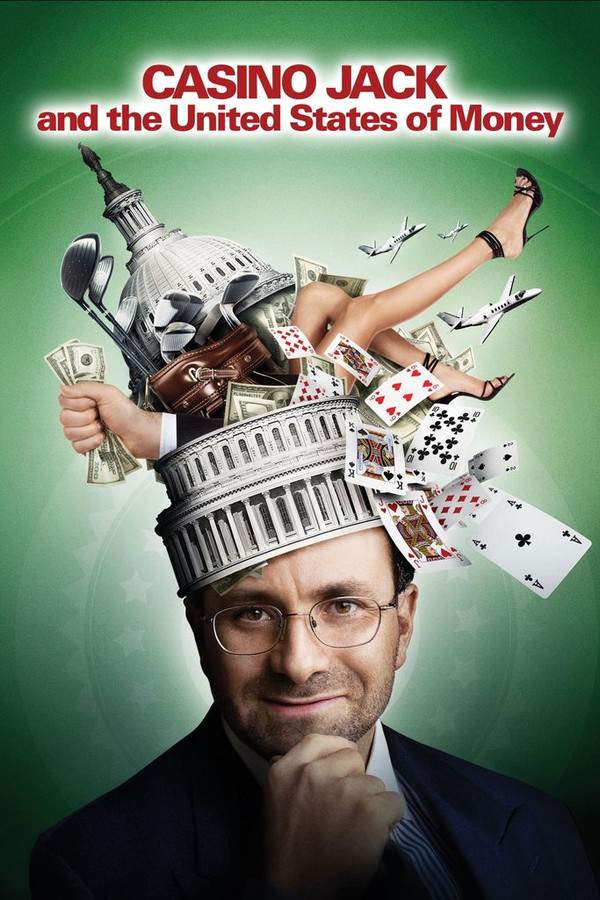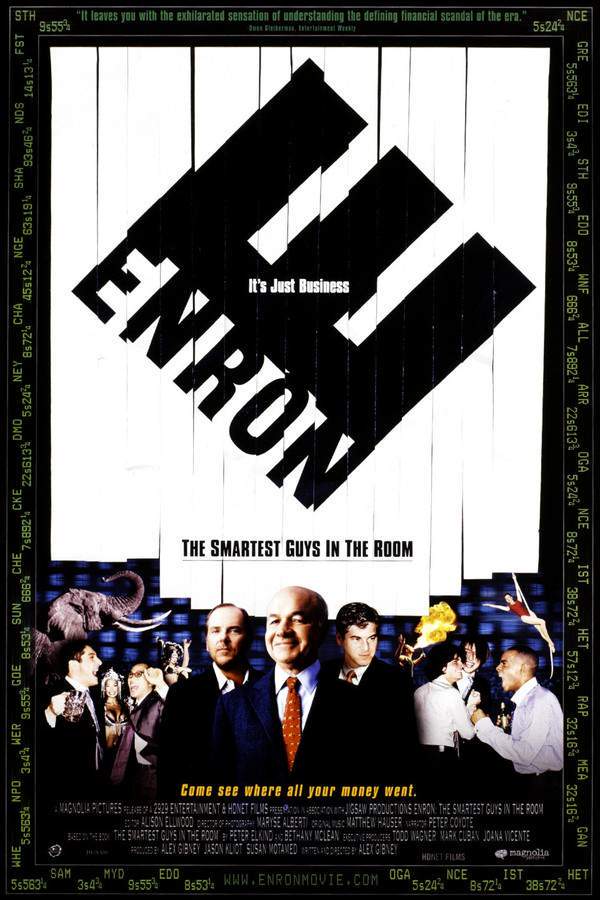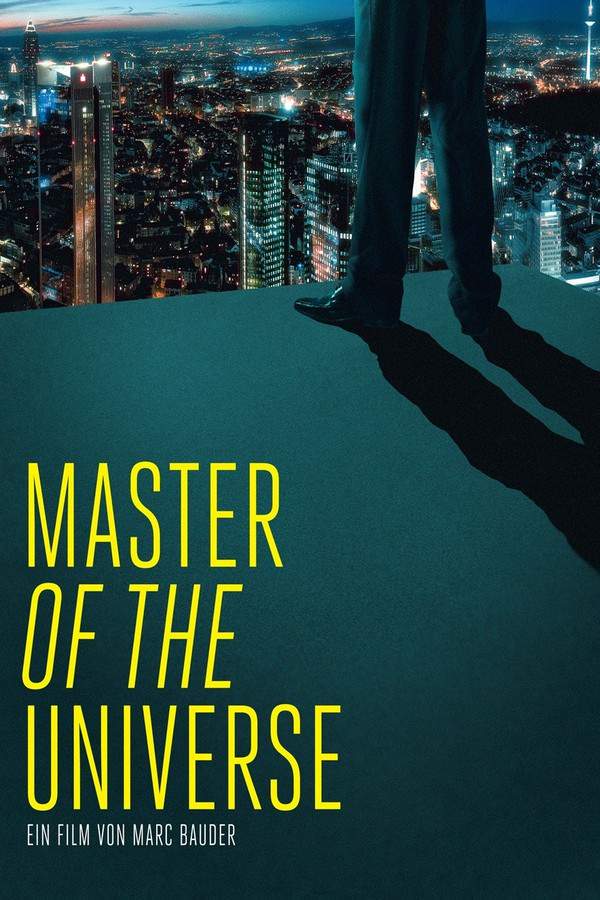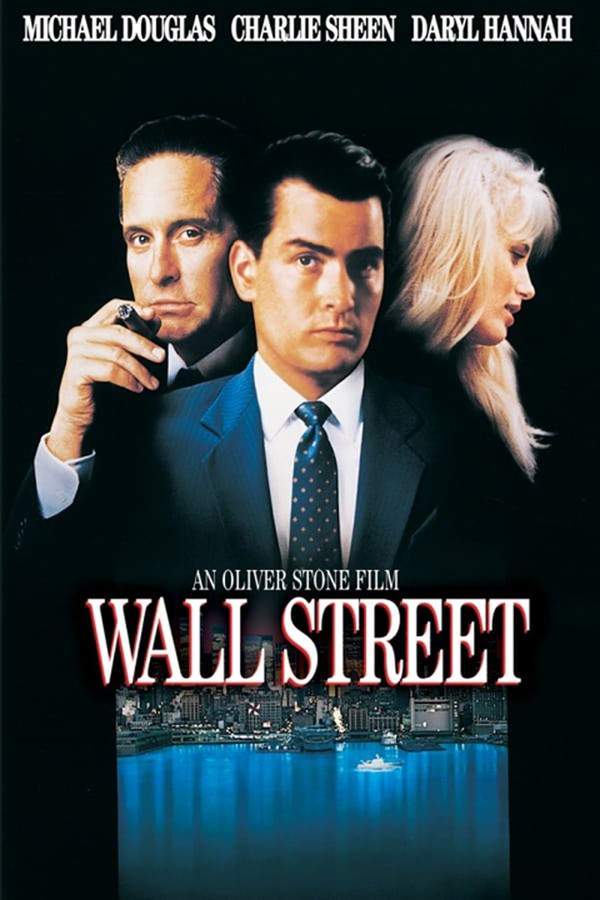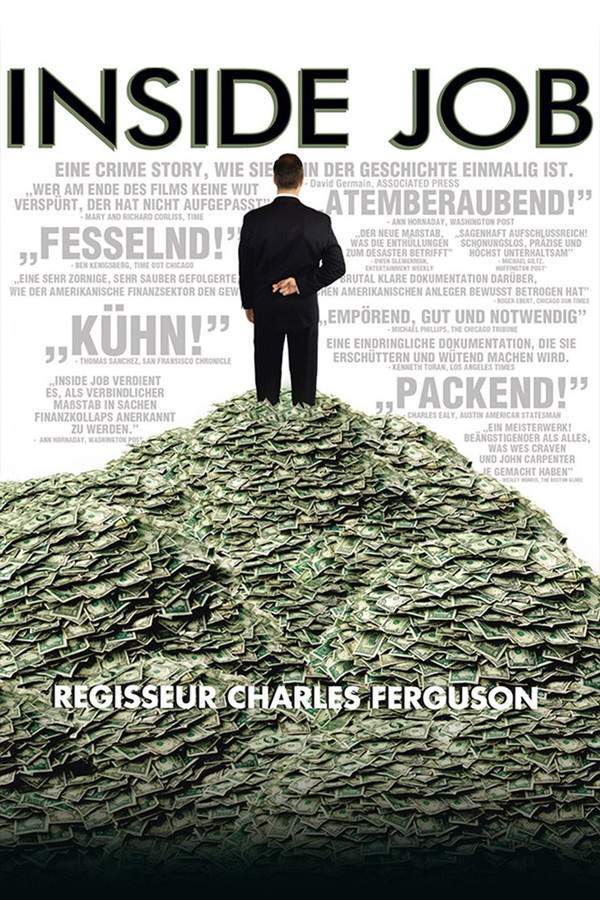
Inside Job
Year: 2010
Runtime: 120 min
Language: English
Director: Charles Ferguson
Budget: $2M
This gripping documentary examines the causes and consequences of the 2008 global financial crisis. Through extensive interviews with bankers, politicians, and economists, it explores the systemic failures and questionable practices that led to the crisis, which cost trillions of dollars and impacted economies worldwide. The film investigates the complex relationships between the financial industry, government regulation, and academic institutions, revealing the human cost of unchecked ambition and risky behavior.
Warning: spoilers below!
Haven’t seen Inside Job yet? This summary contains major spoilers. Bookmark the page, watch the movie, and come back for the full breakdown. If you're ready, scroll on and relive the story!
Timeline – Inside Job (2010)
Trace every key event in Inside Job (2010) with our detailed, chronological timeline. Perfect for unpacking nonlinear stories, spotting hidden connections, and understanding how each scene builds toward the film’s climax. Whether you're revisiting or decoding for the first time, this timeline gives you the full picture.
Last Updated: November 15, 2024 at 19:17
Unlock the Full Story of Inside Job
Don't stop at just watching — explore Inside Job in full detail. From the complete plot summary and scene-by-scene timeline to character breakdowns, thematic analysis, and a deep dive into the ending — every page helps you truly understand what Inside Job is all about. Plus, discover what's next after the movie.
Inside Job Summary
Read a complete plot summary of Inside Job, including all key story points, character arcs, and turning points. This in-depth recap is ideal for understanding the narrative structure or reviewing what happened in the movie.

Characters, Settings & Themes in Inside Job
Discover the characters, locations, and core themes that shape Inside Job. Get insights into symbolic elements, setting significance, and deeper narrative meaning — ideal for thematic analysis and movie breakdowns.

Similar Movies to Inside Job
Discover movies like Inside Job that share similar genres, themes, and storytelling elements. Whether you’re drawn to the atmosphere, character arcs, or plot structure, these curated recommendations will help you explore more films you’ll love.
Explore More About Movie Inside Job
Inside Job (2010) Plot Summary & Movie Recap
Inside Job (2010) Scene-by-Scene Movie Timeline
Inside Job (2010) Spoiler-Free Summary & Key Flow
Movies Like Inside Job – Similar Titles You’ll Enjoy
The Emperor's New Clothes (2015) Spoiler-Packed Plot Recap
Inside Man (2006) Movie Recap & Themes
The Big Short (2015) Detailed Story Recap
Saving Capitalism (2017) Ending Explained & Film Insights
Casino Jack and the United States of Money (2010) Spoiler-Packed Plot Recap
Enron: The Smartest Guys in the Room (2005) Complete Plot Breakdown
Master of the Universe (2014) Full Movie Breakdown
Wall Street: A Wondering Trip (2005) Film Overview & Timeline
Blurred Lines: Inside the Art World (2017) Full Summary & Key Details
System Error (2018) Plot Summary & Ending Explained
The Men Who Stole the World (2018) Story Summary & Characters
Panic: The Untold Story of the 2008 Financial Crisis (2018) Ending Explained & Film Insights
Inside 9/11 (1000) Movie Recap & Themes
Age of Easy Money (2023) Plot Summary & Ending Explained
Game Over - The Fall of Credit Suisse (2025) Spoiler-Packed Plot Recap



